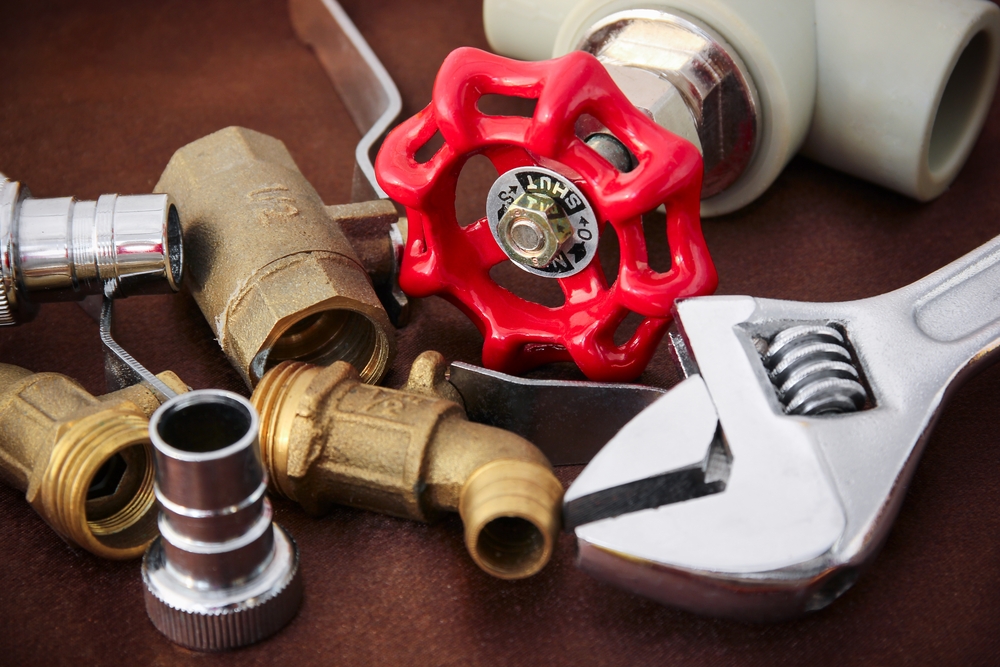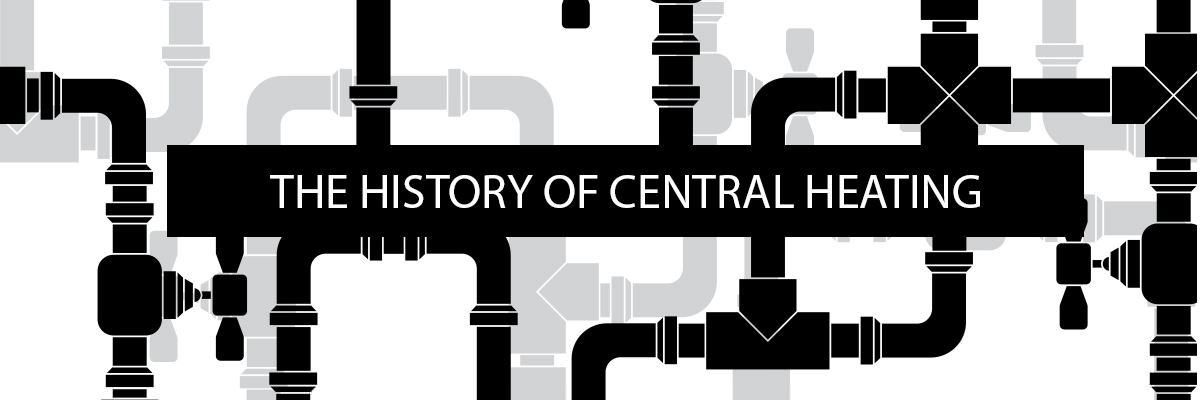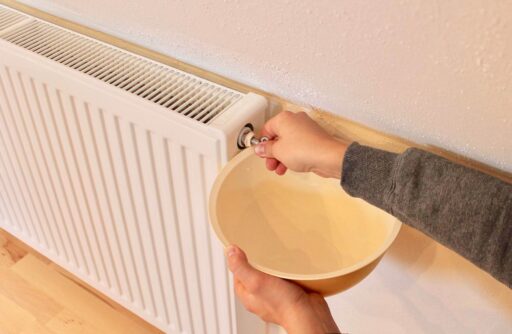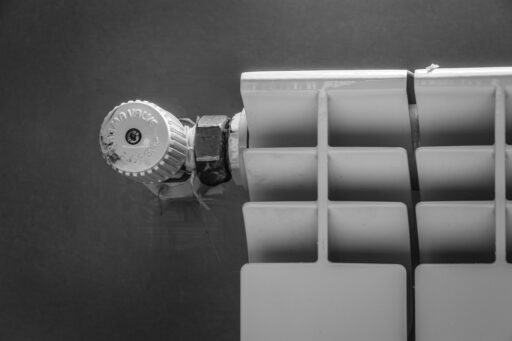Changing a central heating pump may sound like a major task. However, it’s not as difficult as you think and is a task that can easily be undertaken by a competent DIYer. We’ve created a step-by-step guide to show how to install a central heating pump.
1. What You’ll Need
Before you start, you’ll need to have the following: an electrician’s screwdriver; a pipe wrench or adjustable spanner; a bowl and towels or paper towels to catch any drips; and of course a new pump.
2. What to Check
Today’s central heating pumps are a standard size, so the new pump should fit into the gap left by the old one. However, older pumps may differ, so when you go to buy a new pump make sure you have the measurements of the old one along with the type and diameter of the connections. If it’s different, you can get adaptors to fill the gaps. Also make a note of the type of pump and the setting of its output regulator.
3. Turn Off the Power
Turn off the power, or at least the power to the central heating circuit, at the consumer unit. Disconnect the electrical connections to the pump, and make a note of which wires go to which terminals.
4. Isolate the Pump
There should be isolating valves at the side of the pump. They will have a spindle or a wheel handle that can be turned with a spanner. Turn these off, and the pump can be removed without needing to drain the whole system.
5. Disconnect the Pump
Now place your bowl under the pump to catch any water that’s released when it’s disconnected. Hold on to the pump, and using your wrench unscrew the union nuts either side of the pump. Once the old pump is loose, you can lift it out.
6. Fit the New Pump
Put the new pump into place. Use fresh sealing washers to prevent leaks, and tighten the union nuts to fix the new pump in place. Open the isolation valves to allow water into the pump, and check that the connections are watertight.
7. Reconnect the Electrics
Reconnect the electrical cables – using your note of how they fit from earlier – and turn the power back on. You can now turn on the heating and check that it’s working properly.
8. Checks
In a system with an expansion tank, check that water isn’t being discharged through the safety vent into the tank when the pump starts. Consult a plumber if it does. Finally, check your radiators for airlocks and bleed as required.
Shop the full range of Central Heating Pumps today here at Pump Sales Direct!





